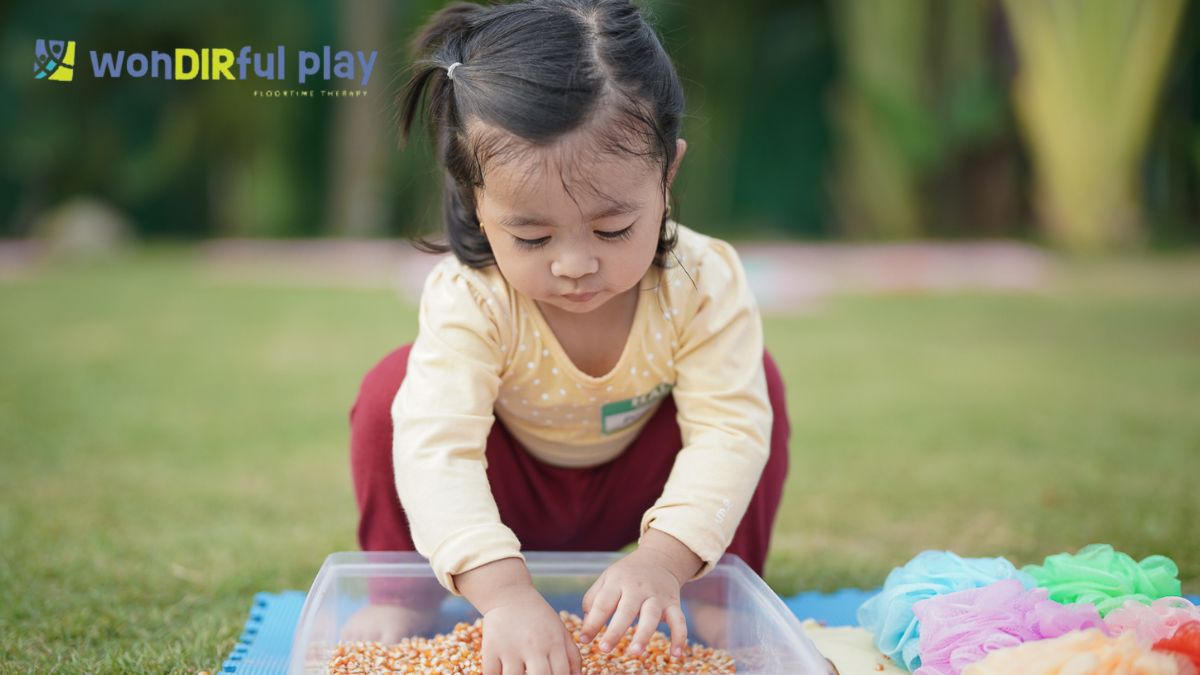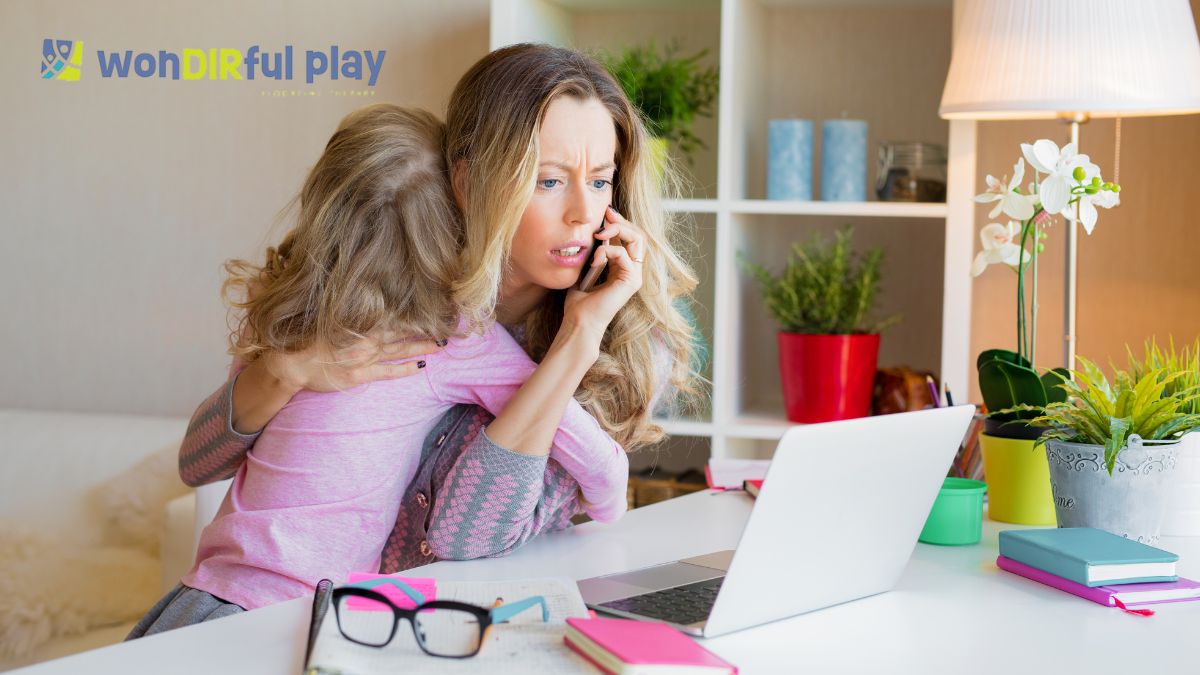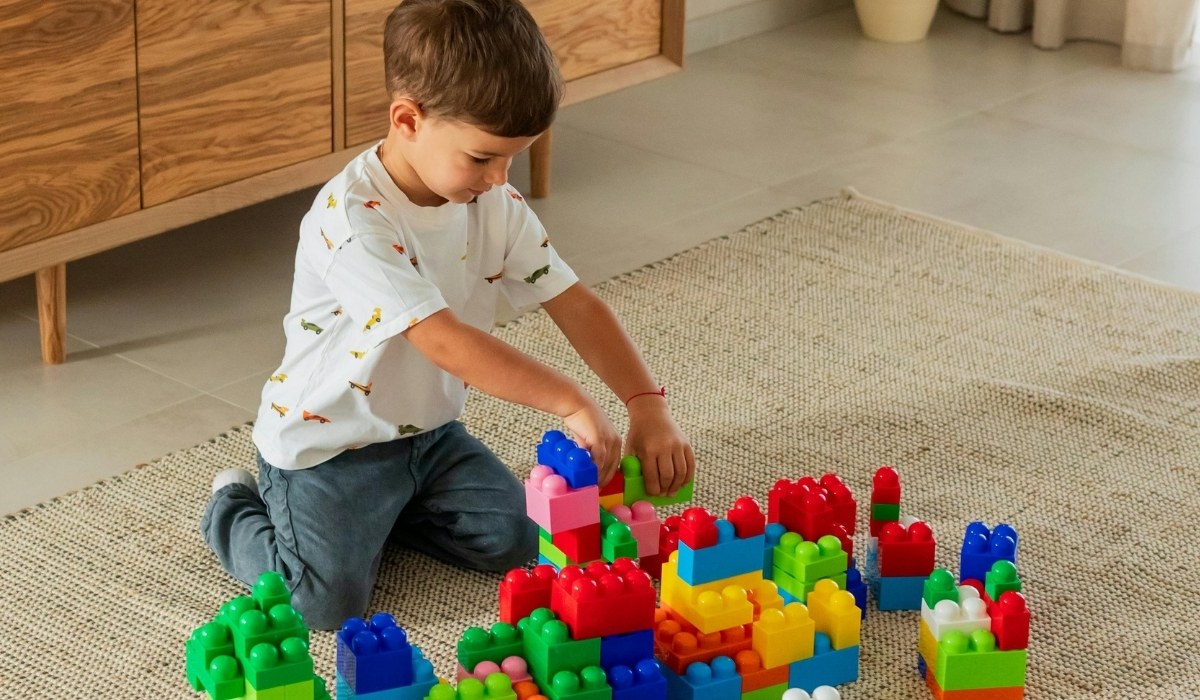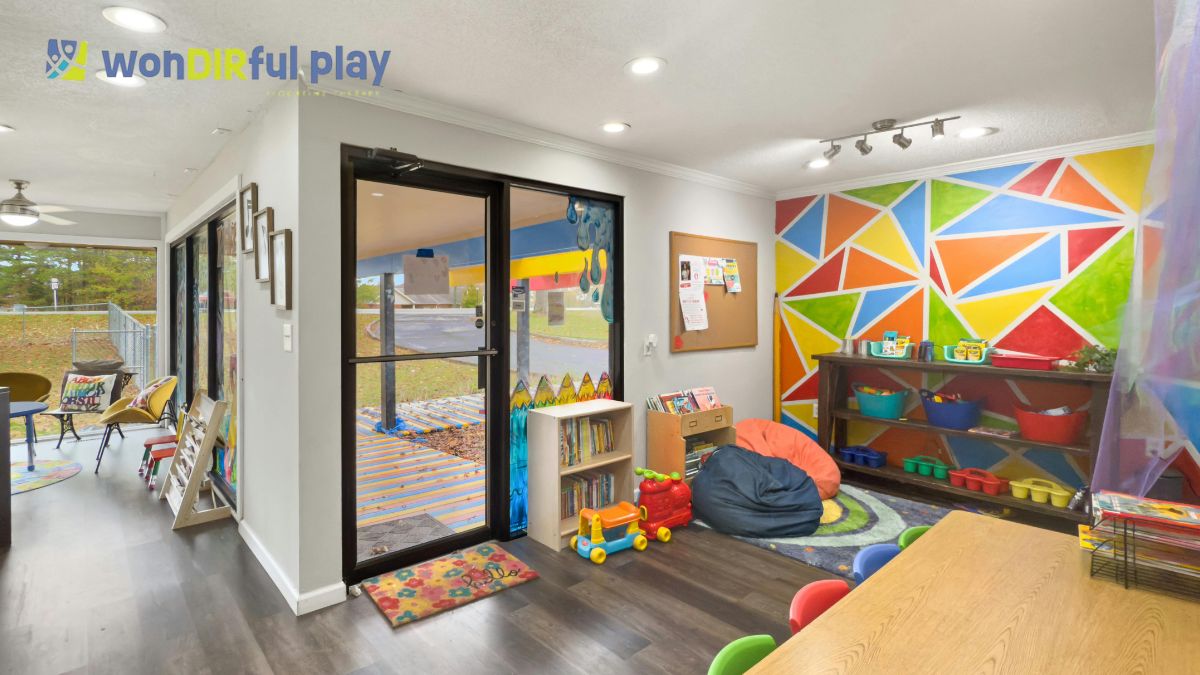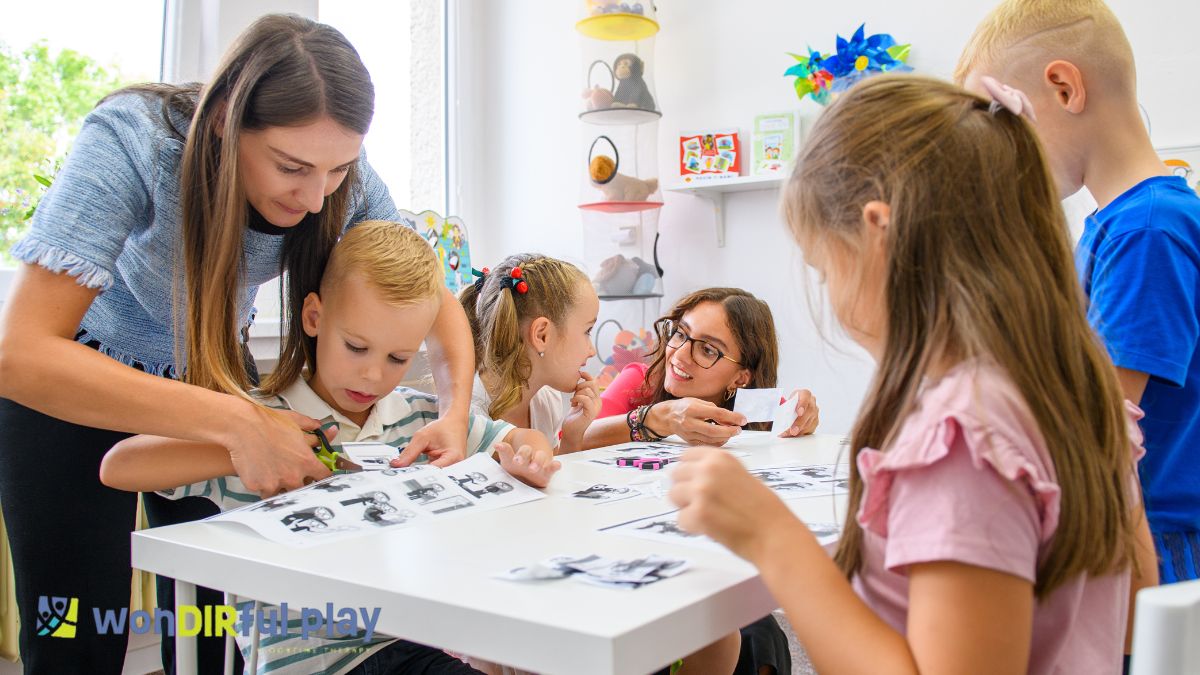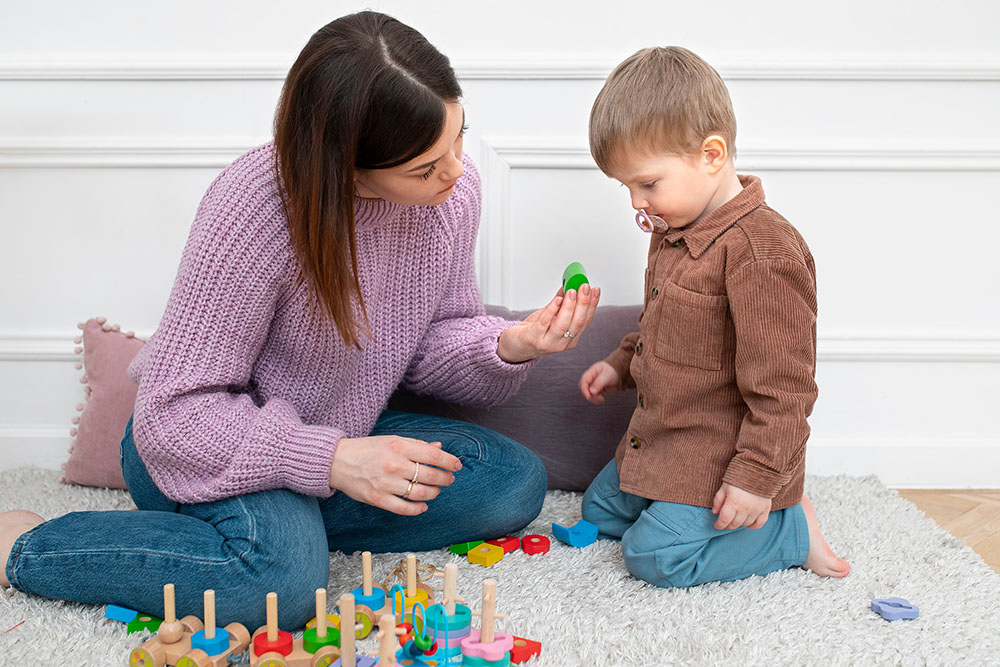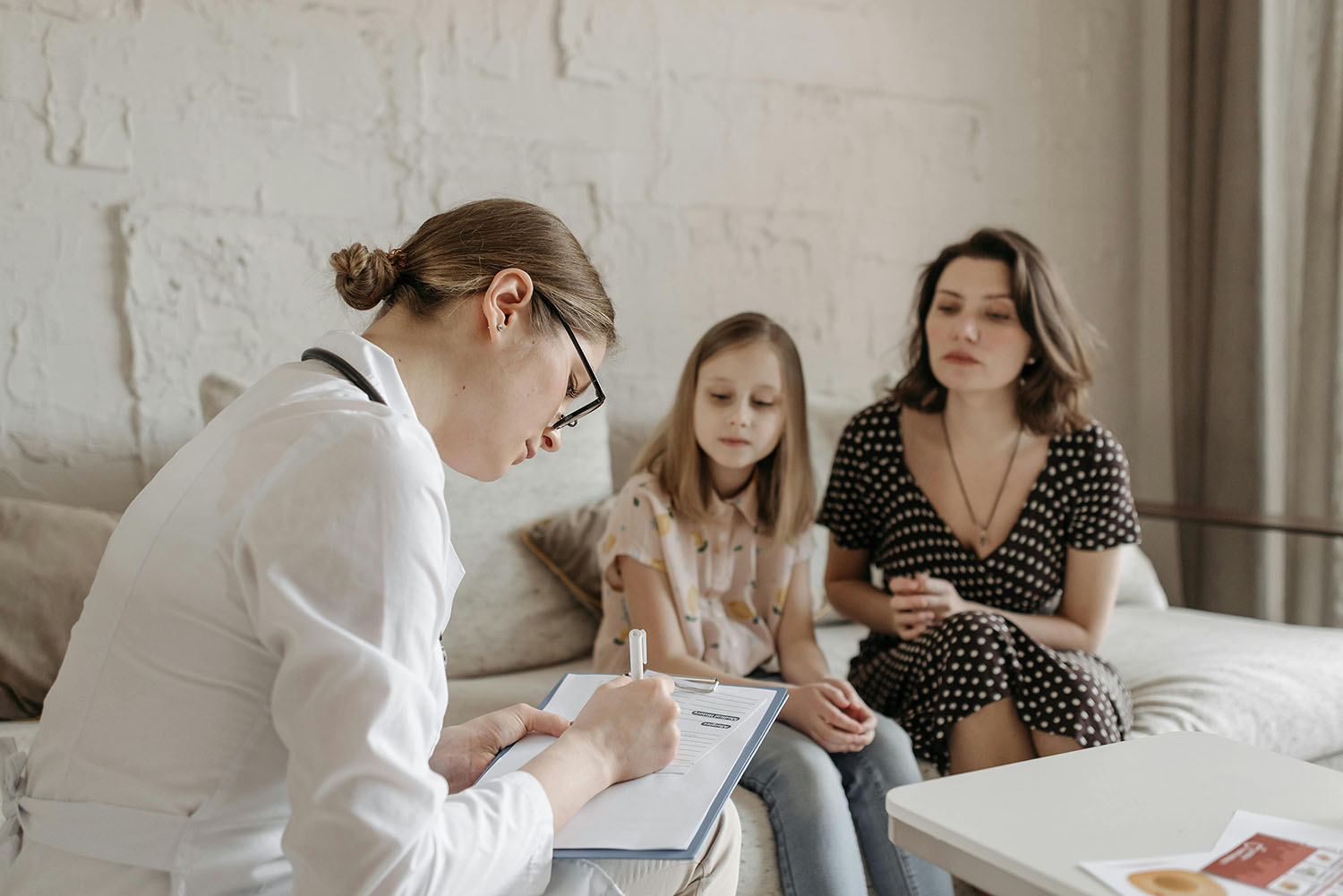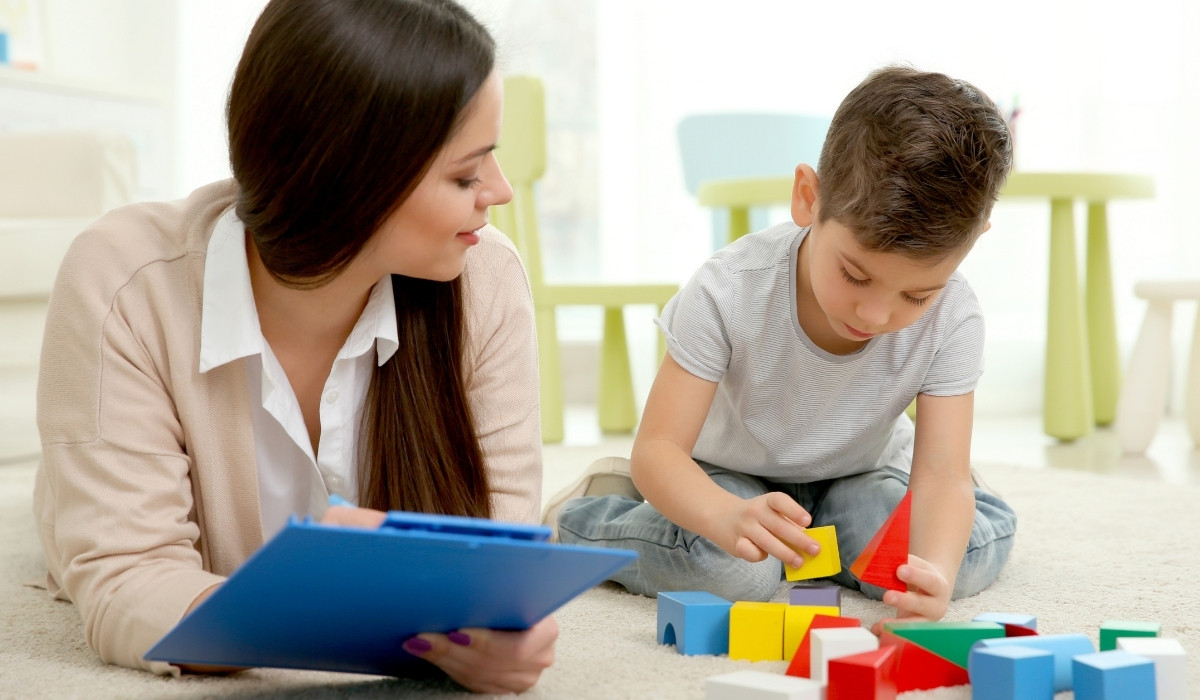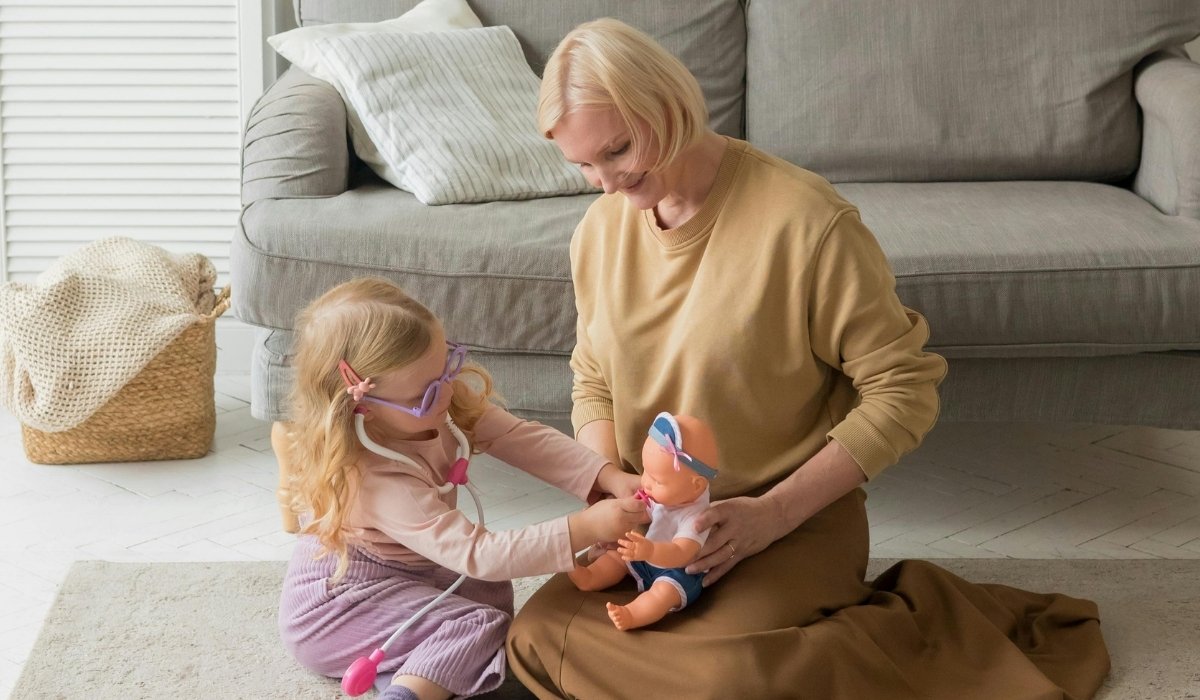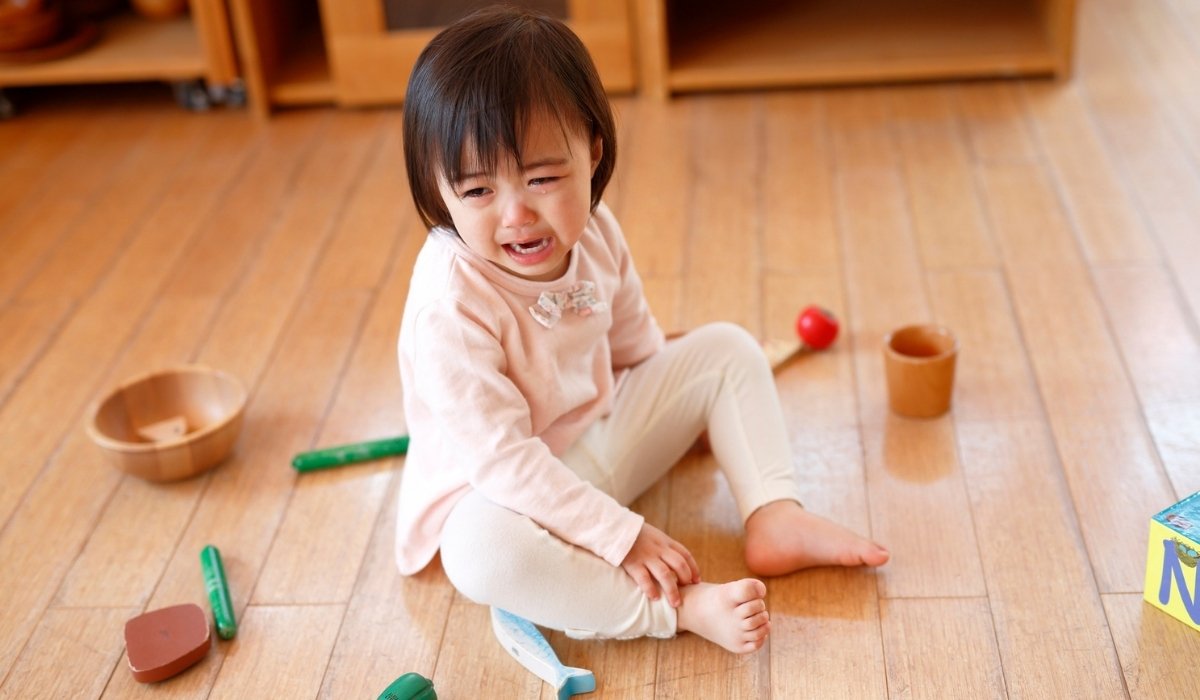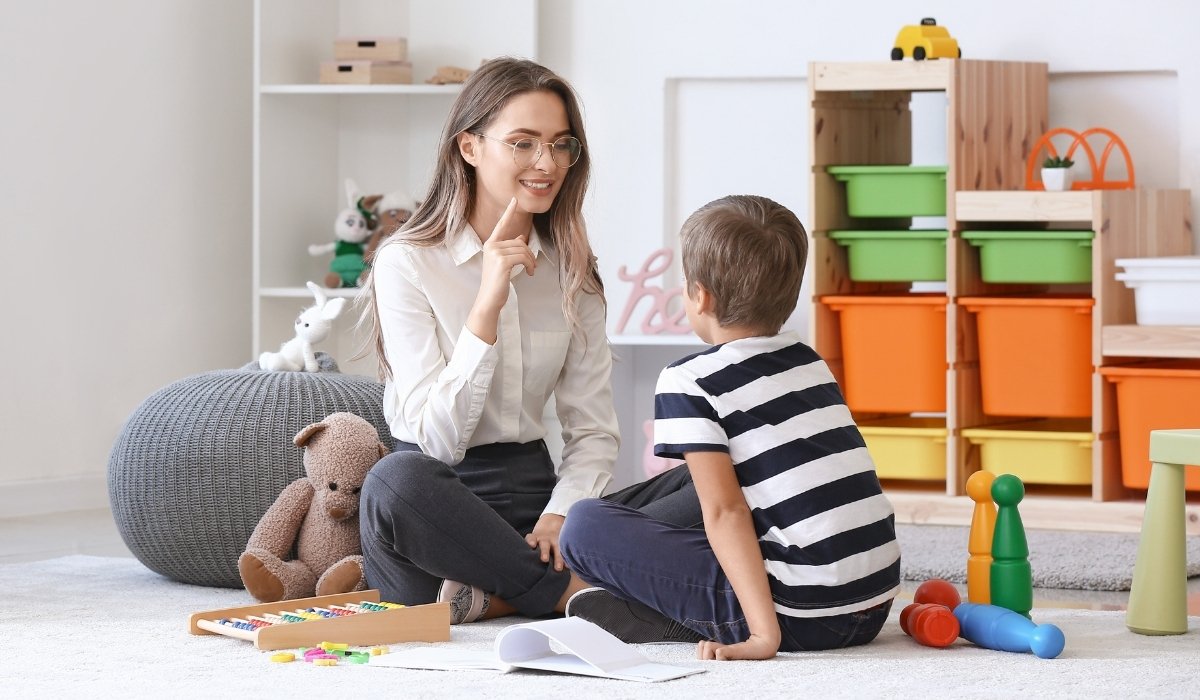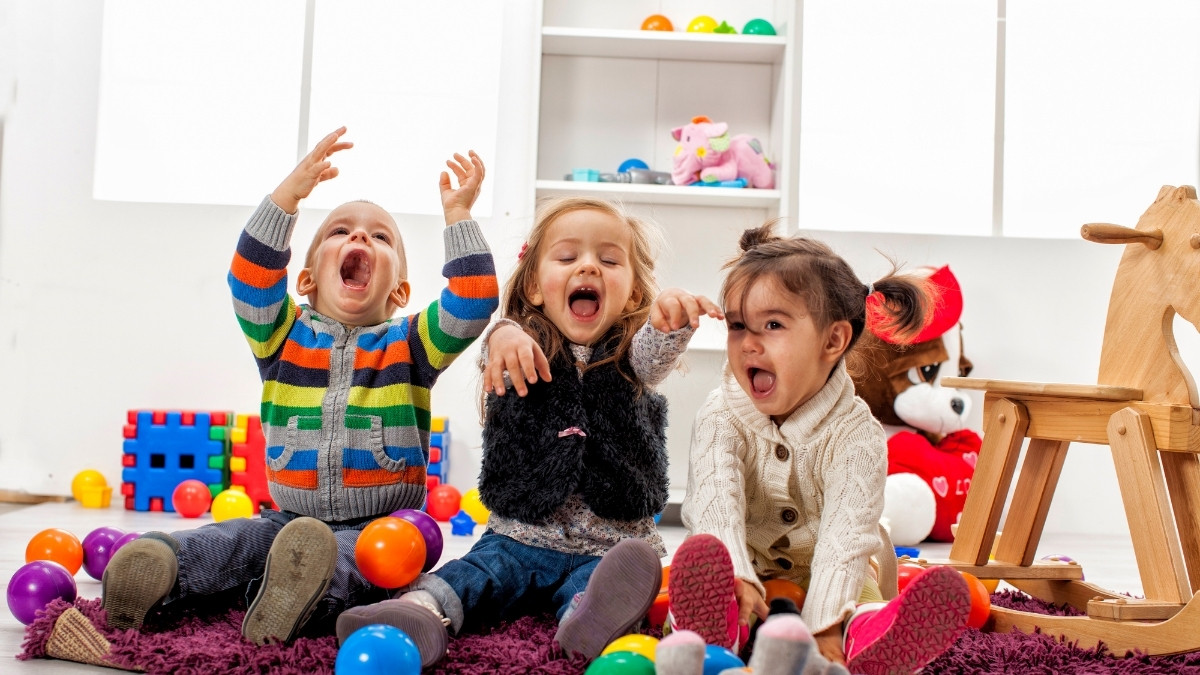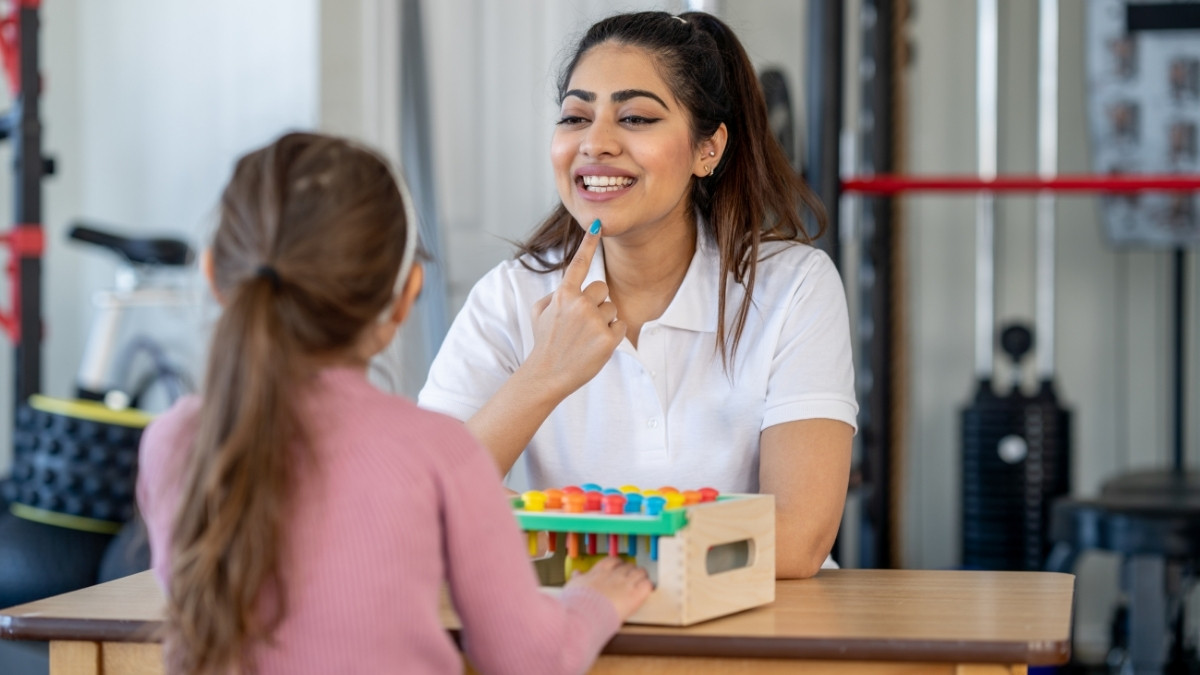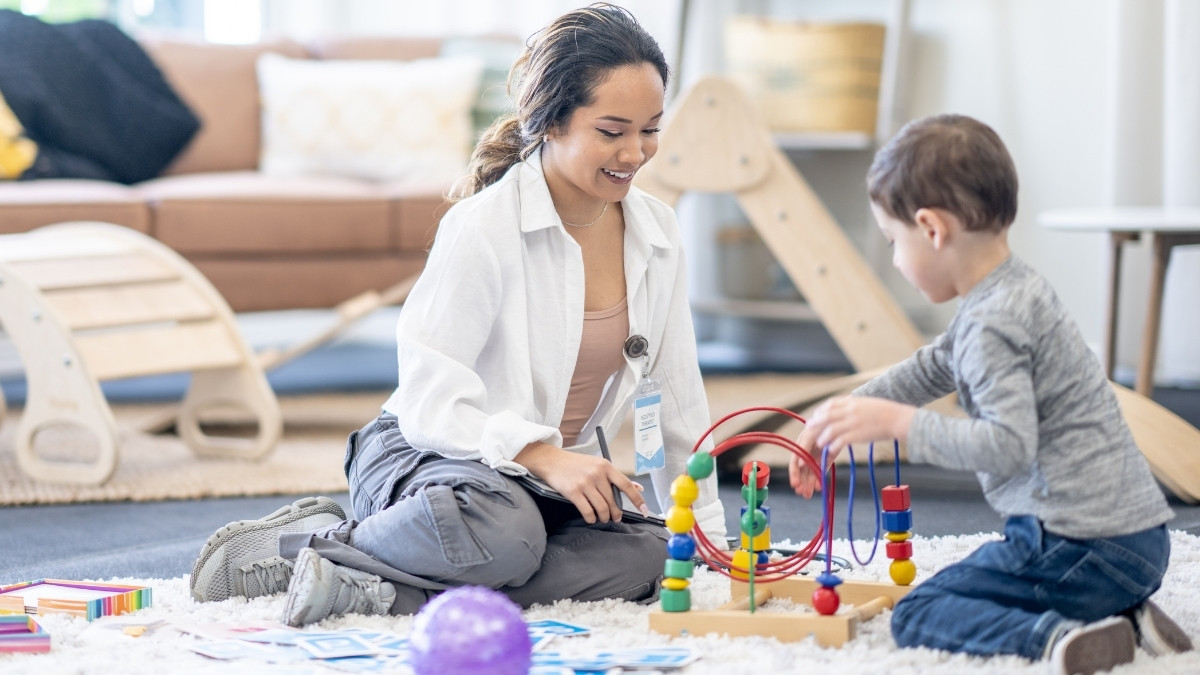How ABA Enhances Communication in Children
November 26, 2025
Discover how ABA therapy enhances communication in children through structured goals, practical strategies and improved interaction skills.
-ink.jpeg)
Key Points:
- ABA therapy communication skills focus on measurable goals, reinforcing interaction and speech improvement for children.
- ABA therapy for children supports language development by breaking down complex communication into achievable steps.
- Improving social communication with ABA uses naturalistic opportunities, prompting social interaction and functional speech improvement.
Effective communication is central to a child's ability to connect with others, express needs and engage socially. For parents and caregivers of children facing communication challenges, knowing how therapy can support language and social skills is critical. This article explores how ABA therapy communication skills programmes can build stronger interaction abilities, how ABA therapy for children supports language development in everyday contexts, and what practical steps families can take. You will learn how ABA therapy and language development intersect, how communication skills in autism can improve via structured plans, and how to set and monitor communication goals in ABA therapy to see noticeable progress.
What is ABA‑based communication support?
-ink.jpeg)
Definition and scope
Applied Behaviour Analysis (ABA) is a therapeutic approach that uses behavior‑based strategies to teach new skills and reduce obstacles to learning. When applied to communication, ABA therapy and language development target verbal and non‑verbal ways children express themselves, request needs and engage socially.
Core components
- Identifying target behaviours: specific communication acts (e.g., “ask for toy”, “greet peer”).
- Reinforcement: when a child uses or attempts communication, positive reinforcement follows.
- Prompting and fading: initially the adult may prompt the child (gestural, verbal, physical), then gradually fade prompts as the child becomes more independent.
- Data collection: tracking child responses, successes and areas needing adjustment.
These components make it possible to use ABA therapy communication skills programmes to emphasise consistency and measurable progress.
Evidence on effectiveness
Recently a meta‑analysis reviewed 25 studies and found that ABA and naturalistic developmental behavioural interventions showed a large effect size for receptive language and moderate effect sizes for communication, daily living and socialization in children on the autism spectrum. One study in a specific region found significant improvement in communication scores of children with autism after a period of ABA intervention. These findings help validate that ABA therapy for children can play a meaningful role in improving speech improvement and communication skills in autism.
Why communication goals matter in ABA therapy
The importance of setting clear aims
Without clearly defined goals, progress can be hard to measure, and neither caregivers nor the therapy team may know exactly what they are working toward. In the context of ABA therapy and language development, each communication goal in ABA therapy should be specific, observable, and achievable. For example: “A child will independently request a toy using one‑word phrase in five of six opportunities”.
Types of communication goals
- Requesting: teaching children to ask for items, help or attention using speech or gestures.
- Social interaction: initiating greeting, turn‑taking, commenting on others.
- Responding: answering questions, acknowledging peers or adults.
- Language expansion: moving from one‑word requests to phrases, then sentences.
Setting these goals supports improvement in social communication with ABA, ensuring that children make meaningful gains in everyday interactions.
How goals shape intervention planning
Mapping out communication goals in ABA therapy allows therapists or caregivers to:
- Choose appropriate prompts and reinforcers.
- Design structured opportunities for the child to practice communication.
- Monitor progress and adjust the plan if a goal is too easy or too hard.
- Ensure the child generalises skills across settings (home, school, community).
Thus communication goals are foundational to effective ABA therapy communication skills development.
How ABA therapy supports speech improvement
Breaking down speech into manageable steps
Many children begin communication with non‑verbal acts (gestures, pointing, leading). ABA therapy and language development approaches recognise this and start from where the child is. Steps may include:
- Recognising and responding to a prompt (e.g., “Look at me”).
- Using a sign or gesture to indicate a request.
- Saying a single word request (e.g., “toy”).
- Using a two‑ or three‑word phrase (e.g., “want toy please”).
- Engaging in back‑and‑forth conversation or commenting.
By structuring these steps within ABA therapy for children, caregivers and therapists support speech improvement gradually.
Reinforcement for speech
In ABA therapy communication skills programmes, when a child uses a verbal request or comment, reinforcement follows:
- Praise (“Great asking!”)
- Access to the requested item or activity
- Social attention from adult or peer
- Visual or tangible reward
This reinforcement strengthens the child’s motivation to communicate. Over time, the prompts diminish and the child uses speech more independently.
Generalisation and naturalistic contexts
An important challenge in communication interventions is ensuring that speech carries over into different settings and with different people. Here are key strategies:
- Use therapy opportunities in the home, playground, classroom.
- Include siblings, peers and familiar adults.
- Vary materials and contexts (e.g., snack time, playtime, group activity).
- Reinforce spontaneous communication, not just structured drills.
This reflects the aim of improving social communication with ABA to embed skills in day‑to‑day life.
Enhancing social communication through ABA
-ink.jpeg)
Understanding social communication in autism
Children with autism often have difficulty with social communication:initiating interaction, maintaining eye contact or joint attention, taking turns, commenting and sharing attention. For them, social communication is more than just speech, it involves interaction, shared attention, gestures and responding to social cues.
Strategies within ABA therapy for social communication
- Teaching joint attention: prompting children to look at an object together with an adult, share attention and then comment.
- Practicing turn‑taking and imitation during play-based activities, reinforcing when the child initiates or responds.
- Using social scripts: prompting and fading scripted exchanges (e.g., “Hi, my name is…”, “Do you want…?”) so that children can use them in real situations.
- Embedding peer‑interaction tasks: pairing the child with a peer to practice greetings, asking “What do you want?” or commenting on shared activity.
These strategies fit within a framework where ABA therapy communication skills are deliberately structured but become natural over time.
Monitoring progress and generalisation
Using structured data collection, the intervention team (and caregivers) track:
- Number of spontaneous initiations of interaction.
- Number of responses to social overtures.
- Independence in using communication without prompts.
- Transfer of skills to new settings and communication partners.
Progress in social communication means that the child is engaging more often, more independently and across settings, reflecting success in improving social communication with ABA.
Involving caregivers and natural settings
Why caregiver involvement matters
Therapy limited to clinic sessions fails to capture the child’s full life. To truly support communication skills in autism and speech improvement, caregivers must be part of the plan. Research shows parent‑training interventions combined with ABA can increase joint attention and eye contact for children with autism and intellectual disability. When caregivers consistently apply communication goals in everyday life, the child's opportunities to practise multiply.
Tips for caregivers
- Create a consistent communication‑rich environment: talk, label, comment on daily activities.
- Follow the child’s focus of attention: join their play, comment on what they see or do to encourage shared attention.
- Use simple prompting and reinforcement: ask for a request, wait for a child to attempt, then respond and reinforce.
- Schedule short sessions multiple times a day rather than one long session.
- Encourage social interaction with peers or siblings: prompt greetings, joint play and commenting.
- Track progress: keep a simple chart of independent communication attempts, prompts needed and contexts.
Such caregiver involvement strengthens the benefits of ABA therapy for children.
Natural‑setting practice
- Use snack time, toy time or routines at home to embed communication goals.
- At playground or community venues, prompt greetings and comments on surroundings (“Look at the swing”, “Do you want the ball?”).
- Encourage interaction in group settings: ask a child to comment on what a friend is doing or to ask a question.
- Reinforce communication outside the therapy room so that the child learns that communication matters in real‑life contexts.
This real‑life embedding enhances the therapeutic gains of ABA therapy and language development.
Final considerations for parents and caregivers
-ink.jpeg)
- Early intervention is beneficial: starting ABA therapy for children at younger ages often yields stronger outcomes.
- Consistency matters: practice across settings and with caregivers ensures skills generalise.
- Communication should be meaningful and motivating for the child, not just tasks for therapy.
- Celebrate small steps: gains may be gradual but cumulative progress is valuable.
- Communicate with the therapy team: ensure goals are clear, measurable, and tailored to your child's developmental profile.
Frequently Asked Questions
1. What is ABA therapy for children?
ABA therapy for children is a structured approach using reinforcement to improve communication, social skills, and daily living abilities.
2. How does ABA therapy improve speech?
ABA therapy speech improvement works by breaking communication into steps, using prompts, reinforcement, and gradually increasing independence.
3. Can ABA therapy help social communication in autism?
Yes, ABA therapy targets social communication in autism by teaching joint attention, turn-taking, greetings, and spontaneous interaction in natural settings.
Boost Your Child’s Communication Skills Through Trusted ABA Therapy
Effective communication is a cornerstone of independence and social connection, and ABA therapy provides proven strategies to help children strengthen this vital skill. Families in New Jersey can learn how to apply ABA principles at home, turning everyday interactions into teaching moments that promote expressive and receptive communication.
WonDIRful Play offers personalized coaching for parents, showing how to model language, reinforce social gestures, and create opportunities for meaningful communication during daily routines. Our approach helps children practice new skills consistently, building confidence and reducing frustration. Contact us today to explore how ABA therapy can enhance your child’s ability to express themselves, connect with others, and thrive in their everyday environment, all while keeping learning playful, supportive, and achievable.
Recent articles


-ink.jpeg)


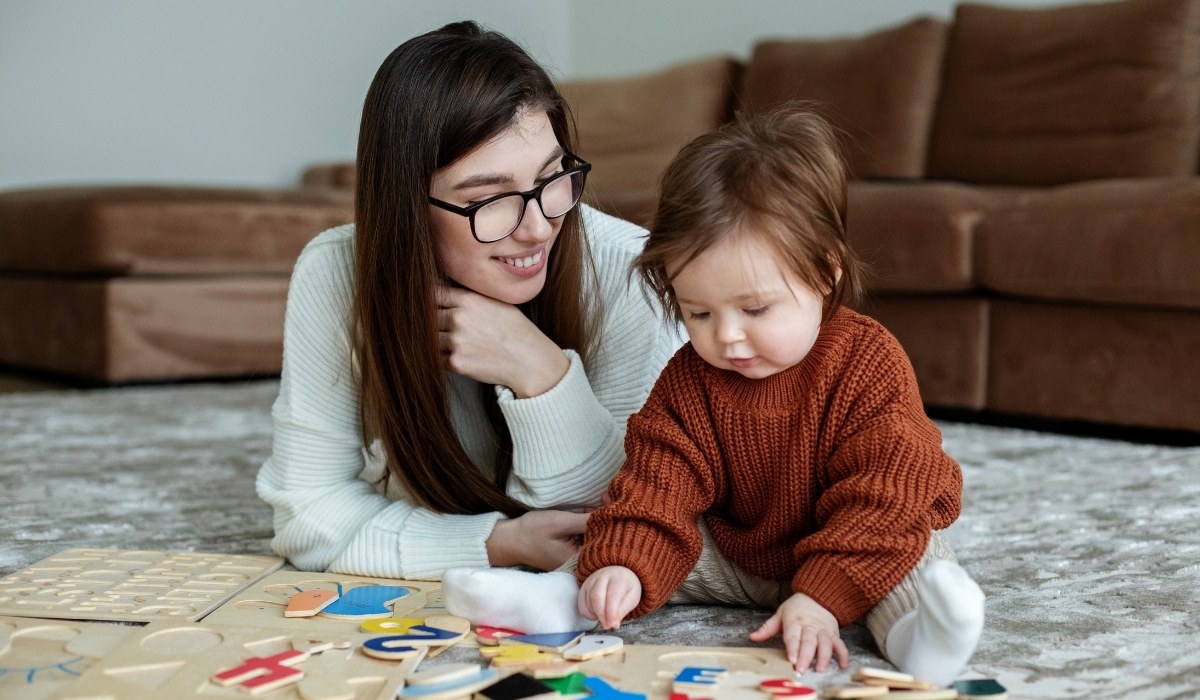
-ink.jpg)
-ink.jpeg)

-ink.jpeg)
-ink.jpeg)
-ink.jpeg)
